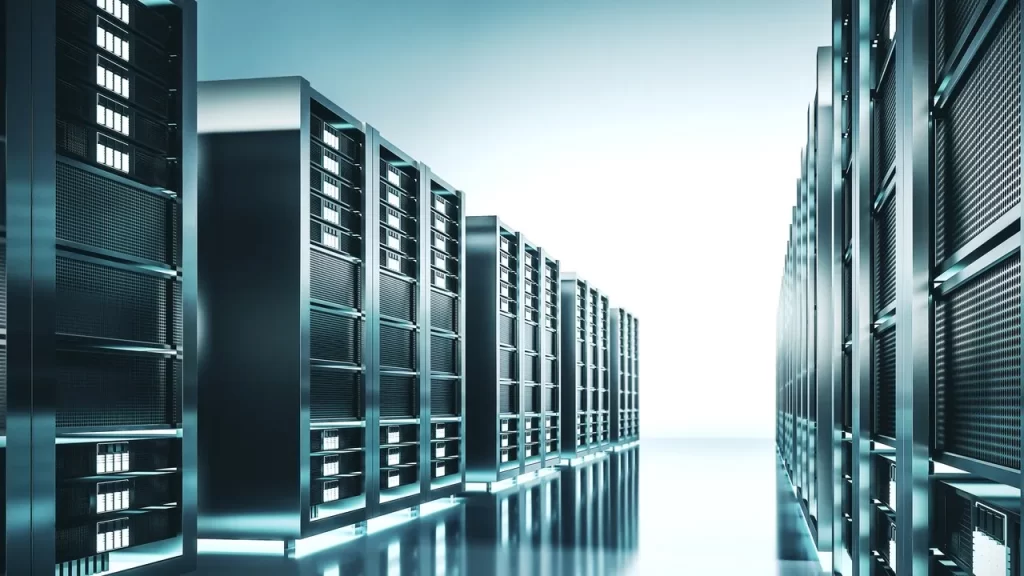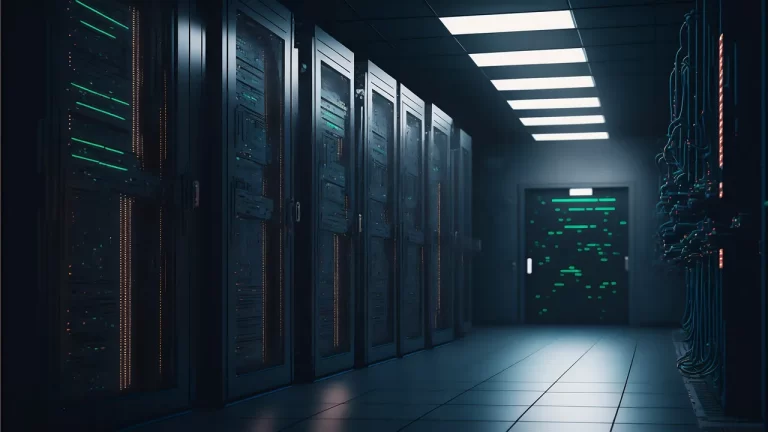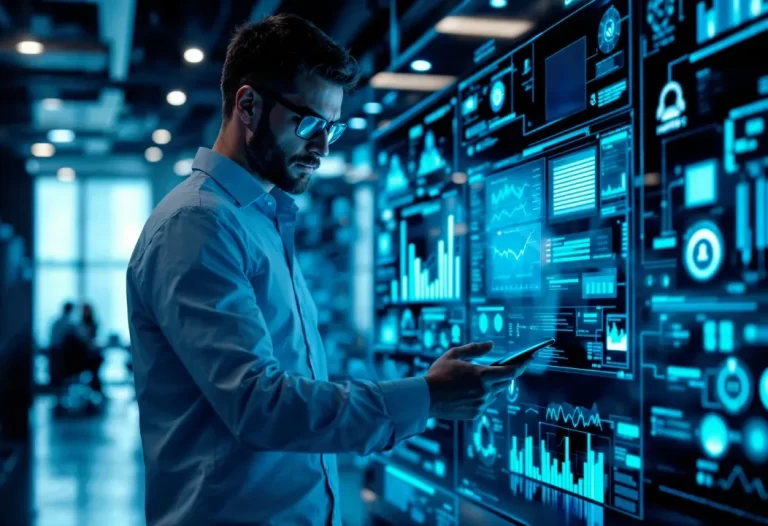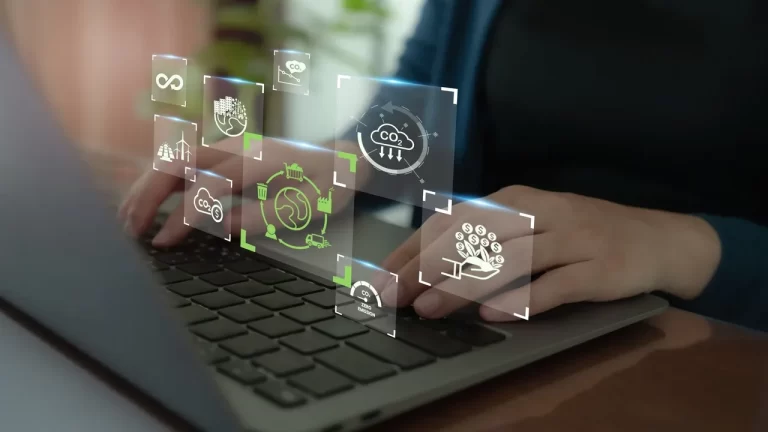Introduction: Why AI Matters in Data Centers Today
In today’s digital-first world, data centers have become critical infrastructure. Everything from cloud computing and video streaming to virtual classrooms and AI applications runs on these complex systems. As the demand for data increases, traditional operations frequently struggle to keep pace with expectations for speed, safety, and sustainability.
This is the place where data center automation tools and data center optimization techniques come in the game – especially when operated by artificial intelligence (AI). By taking advantage of making real-time data and intelligent decisions, AI increases efficiency, minimizes human error, & helps to adapt to the data centers rapidly. Spending to support global cloud demand with Microsoft AI data center is increasing, and the trend towards AI-infrastructure is accelerating the whole industry.
AI-Powered Monitoring and Predictive Maintenance
One of the biggest changes brought by AI in data centers is in maintenance. Instead of reacting to problems after their existence, data centers now use data center automation software so that they can detect and solve problems before they occur.
Sensors collect data on temperature, hardware performance, and airflow, feeding it into the AI system that analyzes the pattern and predicts hardware failures. This allows for timely maintenance, reducing costly downtime. These tools also help to secure the network, frequently integrated with systems like a data center firewall to detect unusual activity and protect sensitive data.
This is particularly important in HPC data centers where continuous uptime is necessary for functions such as scientific simulation or AI model training.
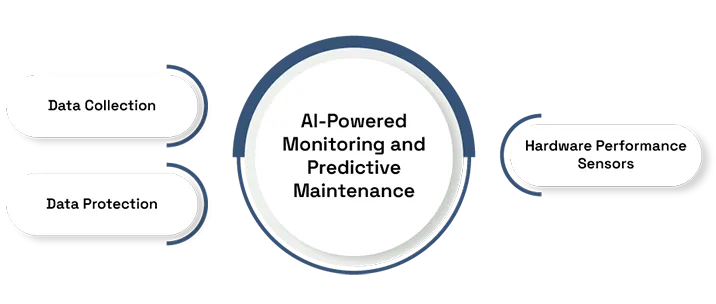
AI in Energy Efficiency and Cooling Optimization
AI is changing how data centers use energy. Cooling systems, which usually use a lot of electricity, can now be improved in real time with machine learning.
By looking at data from sensors while they are running, AI systems can adjust cooling units, fan speeds, and airflow to keep optimal temperature. This leads to low energy usage and better sustainability performance.
A key metric here is PUE (Power Usage Effectiveness). The closer the PUE value is to 1.0, the more efficient the data center. AI helps achieve lower PUE value data center targets by minimizing unnecessary power draw. There are now facilities reaching achievements that put them among the most efficient PUE data centers in the world.
ENERGY STAR data center certification programs and other organization partnerships are pushing the industry toward using greener practices.
AI for Workload Management and Resource Allocation
AI also plays an important role in balancing workloads & managing resources. During peak hours demand can increase unpredictably, which results in performance delays or increased costs.
AI algorithms can forecast these changes and adjust resource allocation accordingly. Whether it’s shifting workloads across servers, spinning up virtual machines, or managing power draw, AI ensures high performance with minimal waste.
This is especially valuable in cloud colocation environments, where multiple clients share infrastructure. Here, AI helps providers maintain service-level agreements (SLAs) and optimize operations. For businesses evaluating colocation vs managed hosting vs cloud, AI-powered colocation offers a flexible and efficient solution.
By supporting better utilization of large data storage solutions, AI also helps companies avoid over-provisioning while ensuring that critical applications have the storage they need.
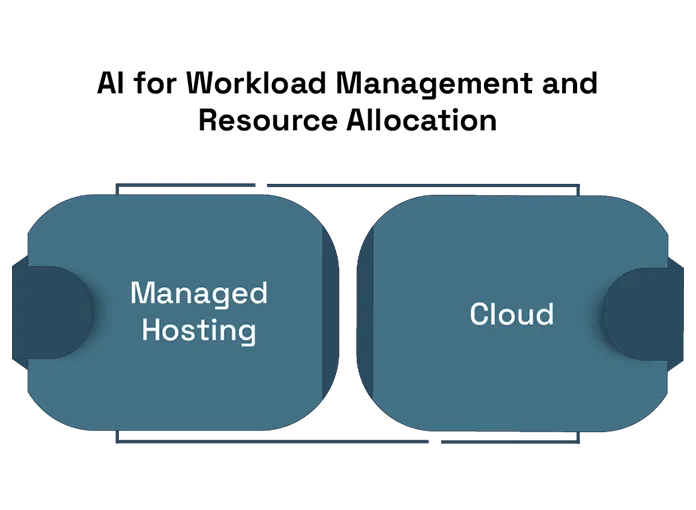
The Future: Autonomous Data Centers with AI at the Core
Looking ahead, AI is paving the way for fully autonomous data centers. These “lights-out” facilities operate with minimal human input, using AI to manage everything from cooling and security to system updates and incident response.
This future is not far off, especially as cloud colocation pricing becomes more competitive and scalable automation becomes accessible. In autonomous environments, AI-driven systems will monitor network traffic, maintain optimal energy efficiency, and ensure uptime—all while keeping operational costs low.
Enterprises are already turning to hybrid solutions like colocation cloud setups to balance security, control, and scalability. AI makes sure that these environments remain safe and optimized by providing an efficient data center experience without the overhead of managing every detail manually.
Conclusion
AI is no longer a future vision, it is an important component of the modern data center. Through smarter monitoring, efficient energy use, dynamic charge balance, and increasing automation, AI is re-shaping how data centers are operated.
From global tech leaders increasing Microsoft AI data center spending, to the adoption of data center automation software and cloud colocation models, the shift is already underway. Data centers of the future will be shaped in part by AI as the industry moves towards smarter and more environmentally friendly structures.

